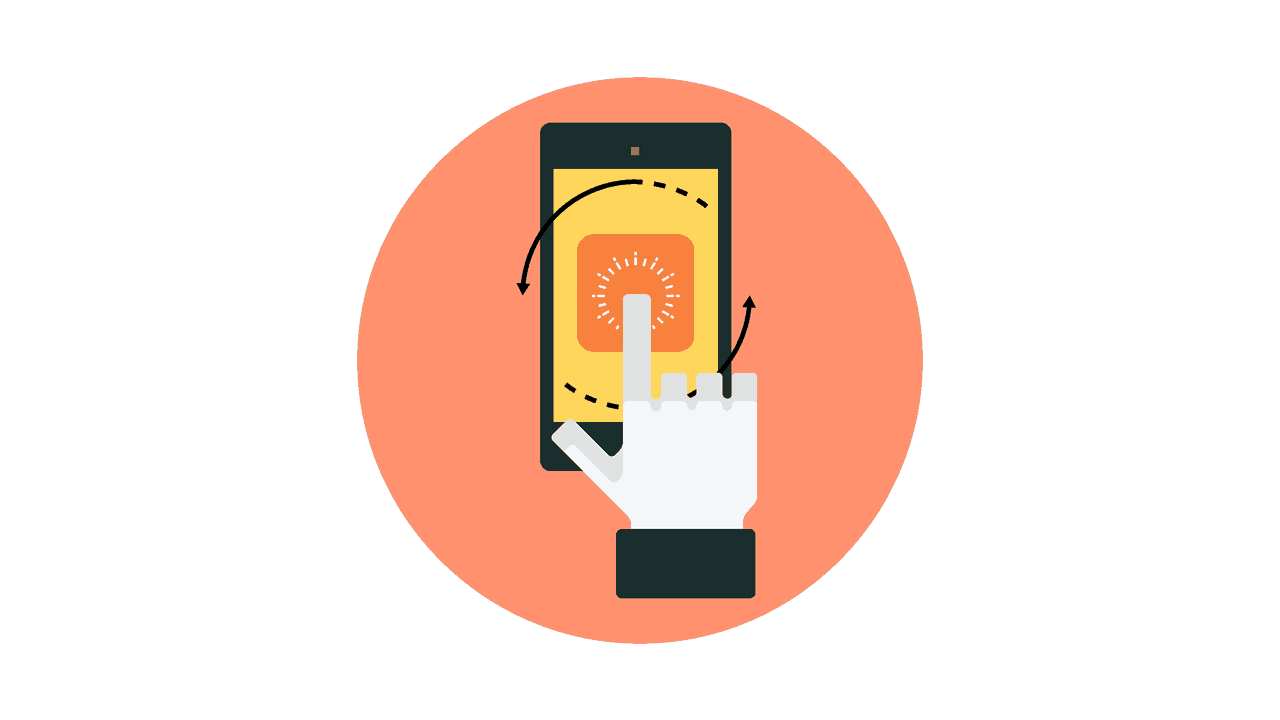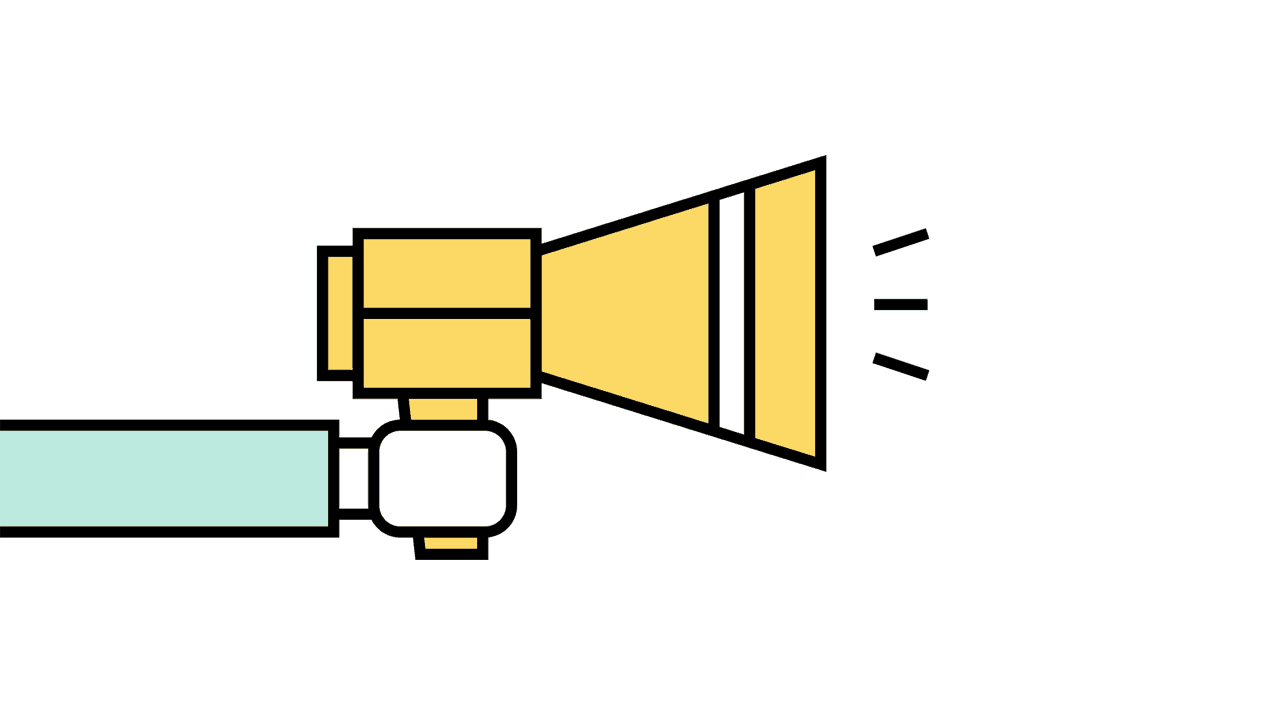Do you believe your idea could be the next big thing in the mobile app stores? Maybe you have a product or service that will fit perfectly on a mobile app or you just want to create the next hot game to take the App Store and Google Play Store by storm. Whatever your idea, you need to proceed carefully and develop your mobile app the right way.
From features to design to marketing to bug fixes and updates, designing a mobile app is no small undertaking. Many developers assume that creating an app is simpler than it seems, but they'll often find themselves forgetting or foregoing very important steps in the development of the app outside of the coding itself.
Here are six common mobile app development mistakes that could ruin your app unless you become aware of them and actively work to prevent them from happening. When you undertake a mobile app project, avoid these mistakes and you’ll release your app on the right foot.
1. Developing for Too Many Platforms
Developing for multiple platforms at the same time is often the first challenge that many developers face, and I must admit it’s still a difficult one for me.
Android and iOS hold a majority of the market share. Today, Google Play has over 2.8 million apps while Apple comes in second with 2.2 million apps, according to Statistica. So which do you choose?
Often developers attempt to develop for both of these major platforms at once — others even try to include the Microsoft Store in the mix. It’s an understandable dilemma; ideally, you want your app available on every platform at the same time. However, from a development standpoint, doing everything at once is often a mistake.
Unless you have almost limitless resources available to you, designing for multiple platforms will only take away valuable time and money from your app’s development. Sure, if you have a huge development staff and a large budget, this will probably work. But if you’re an indie developer, chances are you are short on both time and money.
Instead, consider choosing one of the major platforms first, based on your target audience’s mobile device usage, and then roll out your app to the other platforms a few months after the initial release. By doing so, you will not only save time and money, but you will also avoid major issues with your app during development and at release.
2. Designing Bad Interfaces and Features
Nothing can kill an app faster than bad interface design. Remember, the idea of a successful app is to make things as simple as possible while still packing in all the features that you can. You must devote time to designing the perfect interface.
If interface design isn’t one of your strengths, consider hiring someone that specializes in interface design, if your budget allows. If not, you may want to do a little research on interface design. Books such as UI is Communication: How to Design Intuitive, User Centered Interfaces by Focusing on Effective Communication are a great place to start.
Each feature you add to your app must be useful. Adding extra features that don’t really provide any value only serve to clutter the interface and annoy your users. When designing your app, identify the core features your users will need and focus your time on getting these just right. Extra features (such as additional sharing features), while important, aren’t necessary to the core functionality of your app. Consider adding these later in a future update.
Instead, focus on adding only those features that your audience will find valuable, and then package them into an interface that is simple to use — while still making it powerful enough to accomplish whatever task your app is designed to do. Useful and powerful features, backed by simplistic design, is truly the key to app success.
3. Executing a Poor Testing Phase
So, you have your app ready to go. Time to release it on the app stores, right? Wrong.
Once you have created the app, you need to spend quite a bit of time testing it. During this phase, you can discover any problems with the app, catch random bugs that crop up, and even tighten up the overall design.
Unfortunately, many developers fail to execute this phase of the development process properly. In many cases, developers rush this phase because they want to get the app out the door. Some don’t spend much time testing at all. The end result of rushing this phase is an app that has multiple problems and bugs at release.
Bugs may be a part of software but that doesn’t mean you shouldn’t do what you can to minimize them. With the wide array of smartphones on the market, it’s paramount that your app is tested thoroughly on as many popular devices as possible.
During testing, use every tool available to you. For example, I’m sure you know other developers, and I bet you have friends that are willing to give it a try; allow them to install and use the app. Give them plenty of time to use the app the way a normal user would, and then listen to their feedback — both the good and the bad.
The more problems you have at launch, the fewer people who will be willing to download your app. Chances are many vocal reviewers will download your app; if it is full of bugs because you sped up the testing phase, the reviews will show it.
Take your time during testing. Don’t rush it. Remember, quality is important, even if that means your app is released a month later than you wanted.
4. Forgetting Monetization
While I’m sure you are focused on the functionality of your app, you must bring monetization to the table as part of your initial design. Unless you are a steadfast believer in free software for all, I’m betting that you are hoping the release of a mobile app will translate into a few dollars in your pocket at some point. Why then do so many developers forget this very important part of mobile app design?
By incorporating your monetization strategy into your interface and design, you can provide a much more fluid user experience from the beginning — instead of tacking on a badly executed monetization strategy that negatively impacts the user experience.
Without a sound monetization strategy, your mobile app may fail to live up to your expectations in the money category, no matter how popular it is.
Early on in the development stages, you should determine your monetization strategy. Do you plan on charging for your app? Will you have ads? Do you plan on selling products and services? Are you considering a freemium model?
You must ask yourself all of these questions long before your app is ready to go. Determining how you plan on monetizing your app will be key to its success and the solution to getting a return on your investment once your app has been released.
5. Marketing Your App Too Late
Not marketing is often one of the most common mistakes app developers make. After all, you aren’t an expert in advertising; you are a developer. Many developers believe marketing can wait until after the development phase, once the app is ready to be released.
This couldn’t be farther from the truth. While you don’t have to start marketing on the very first day you begin your development, you need to start long before your app is ready to be released. The idea is to drum up some excitement and create an audience of potential users for your app. That way, when you do release your app on the store, you will hopefully have an army of people ready to download it.
Knowing when to begin your marketing campaign can be difficult, as there are a lot of factors to consider. Obviously, to properly market your new app, you need to have something to show everyone. That could be a few screens of your app or maybe even a video.
Personally, I believe that once you have the design of your app nailed down and some features up and running, you should begin your campaign. As you add new features and functionality, you can release more screenshots and videos to demonstrate how your new app is evolving.
6. Failing to Address Bugs Quickly
No matter how much you test your app, there is a good chance users will stumble upon a bug in your app. Bugs in software are just part of life, and most users are accustomed to dealing with them. However, what they do expect is that whatever bugs crop up in an app are dealt with quickly. How fast you respond will depend on the nature of the bug. Users are very tolerant of minor bugs in your app, but major flaws that impact the usability of your app must be fixed as quickly as possible.
Your job is far from over after you release your newly created app. Once it is in the wild, you need to keep watch of the reviews and check your messages to identify any bugs that have been found. In the beginning, it’s wise to focus on your newly released app, monitoring everything about it. After a month, you will probably need to move to a new project — but you still can’t forget about the app you’ve already released.
Bug fixes should continue throughout the lifecycle of your app but you must budget your time; major bugs should be given more attention while smaller ones may be able to wait. How much time you devote to the app will impact its success. Try to strike a balance with your time so new projects don’t get behind and your existing app doesn’t get ignored.
If a bug has been found, it’s paramount that you dig in and figure out what’s wrong as quickly as possible. Once you do, you then need to release an update to get rid of them.
For the entire life of your app, you will have to take care of bugs, update it for new software, and even add more features. Developers that fail to do this in a timely manner often find their apps without an audience.
Parting Thoughts
With more and more users switching to their smartphones and tablets as their primary devices, having a mobile app can mean the difference between your services being seen a lot or not at all. But if you’re going to create a mobile app, you need to make sure you do it the right way, as a bad app can be even worse for your mobile presence than no app at all. After all, the last thing you want as a developer is a reputation for creating and releasing terrible apps.
While avoiding these mistakes in no way guarantees success, making them could mean that your mobile app will get lost in the app store, never to be downloaded by the masses.
Avoiding these mistakes above is a great way to make sure you launch your app off to a good start. By managing the process carefully, you can ensure a smooth release of your app into the wild.



